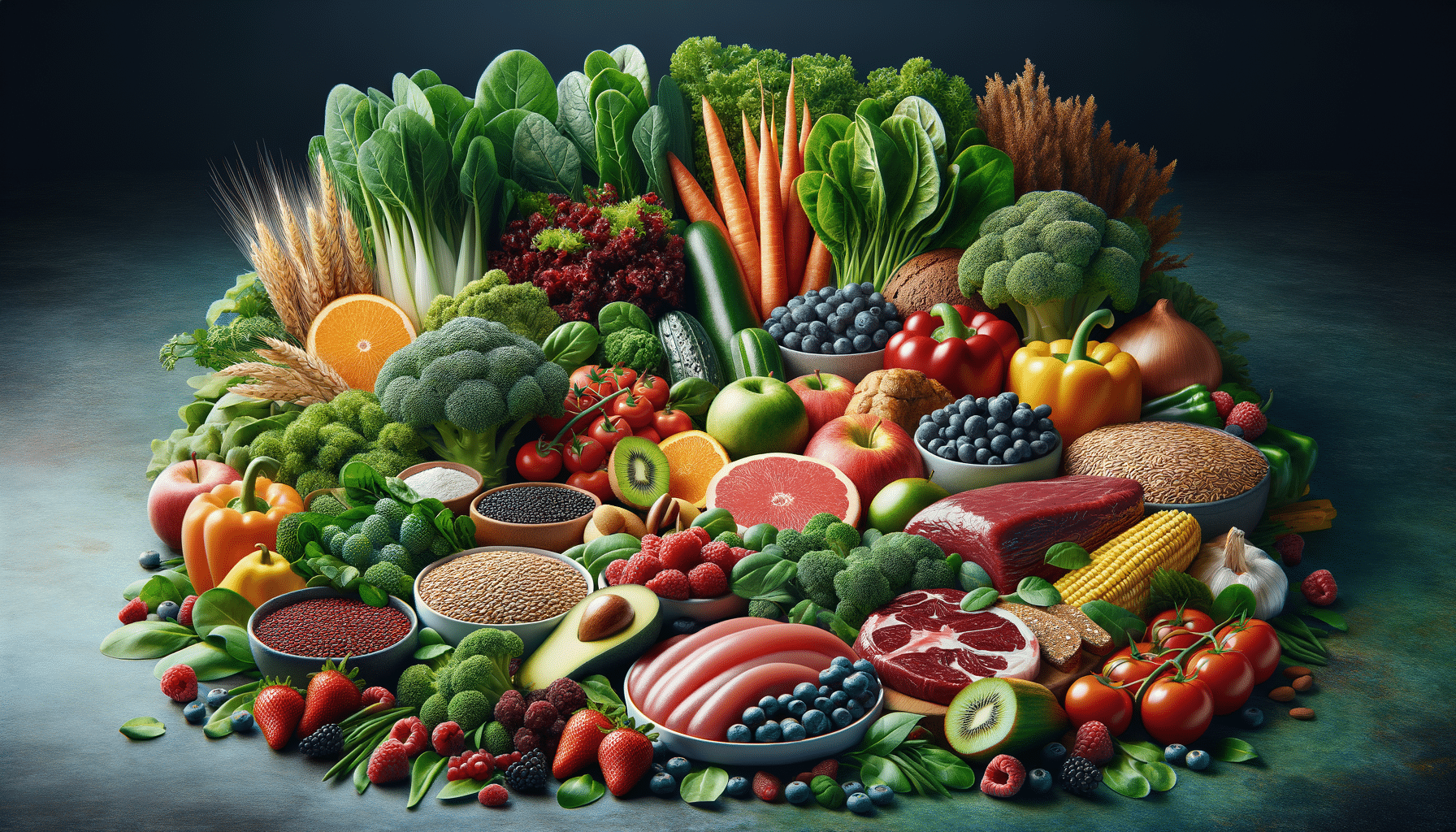
What to Eat to Lower Blood Sugar Levels
Introduction: The Importance of Managing Blood Sugar Levels
Maintaining healthy blood sugar levels is crucial for overall well-being, especially for individuals with diabetes or those at risk of developing it. Diet plays a significant role in managing blood sugar, and making informed food choices can help prevent spikes and maintain stability. This article explores various foods and dietary habits that can naturally lower blood sugar levels and improve health.
Fiber-Rich Foods: The Unsung Heroes
Fiber is a powerful nutrient that can help stabilize blood sugar levels. Foods high in fiber slow down the digestion process, leading to a gradual release of sugar into the bloodstream. This can prevent sudden spikes in blood sugar levels, making fiber-rich foods a vital part of a diabetes-friendly diet.
Consider incorporating the following fiber-rich foods into your meals:
- Whole Grains: Opt for whole grains like oats, barley, and quinoa, which are packed with dietary fiber and essential nutrients.
- Legumes: Beans, lentils, and chickpeas are excellent sources of fiber and plant-based protein.
- Fruits and Vegetables: Apples, berries, carrots, and broccoli are just a few examples of fiber-rich produce that can benefit blood sugar management.
By including these foods in your diet, you can enjoy a steady energy supply and better control over your blood sugar levels.
Protein and Healthy Fats: Balancing Your Plate
In addition to fiber, protein and healthy fats play a crucial role in managing blood sugar levels. These nutrients help balance your meals, keeping you full longer and reducing the likelihood of blood sugar spikes.
Here are some protein and healthy fat sources to consider:
- Lean Proteins: Chicken, turkey, fish, and tofu are excellent sources of lean protein that can help stabilize blood sugar levels.
- Nuts and Seeds: Almonds, walnuts, chia seeds, and flaxseeds provide healthy fats and protein, making them a great addition to snacks or meals.
- Avocado: This creamy fruit is rich in healthy fats and can be added to salads, sandwiches, or smoothies for a nutrient boost.
By combining these foods with fiber-rich options, you can create balanced meals that support healthy blood sugar levels.
Low Glycemic Index Foods: A Smart Choice
The glycemic index (GI) measures how quickly a food raises blood sugar levels. Foods with a low GI are digested and absorbed more slowly, leading to a gradual increase in blood sugar. Incorporating low-GI foods into your diet can be a strategic way to manage blood sugar levels effectively.
Consider these low-GI foods:
- Sweet Potatoes: A nutrient-dense alternative to regular potatoes, sweet potatoes have a lower GI and provide vitamins and minerals.
- Non-Starchy Vegetables: Vegetables like spinach, kale, and bell peppers are low in carbohydrates and have a minimal impact on blood sugar.
- Berries: Berries such as strawberries, blueberries, and raspberries are low-GI fruits that offer antioxidants and fiber.
By focusing on low-GI foods, you can create meals that promote stable blood sugar levels and overall health.
Conclusion: Taking Control of Your Blood Sugar
Managing blood sugar levels through diet is a practical and effective approach to maintaining good health. By incorporating fiber-rich foods, lean proteins, healthy fats, and low-GI options into your meals, you can naturally lower blood sugar levels and reduce the risk of diabetes-related complications. Remember, making small, consistent changes to your diet can lead to significant improvements in your overall well-being.


